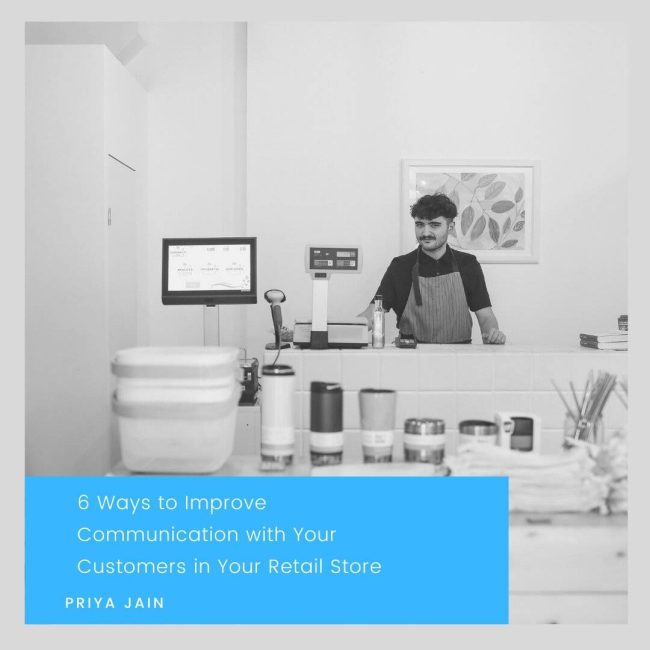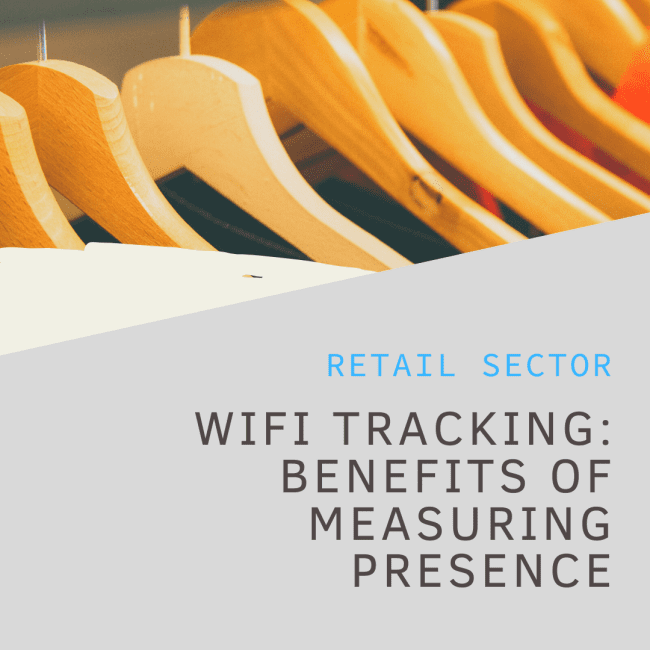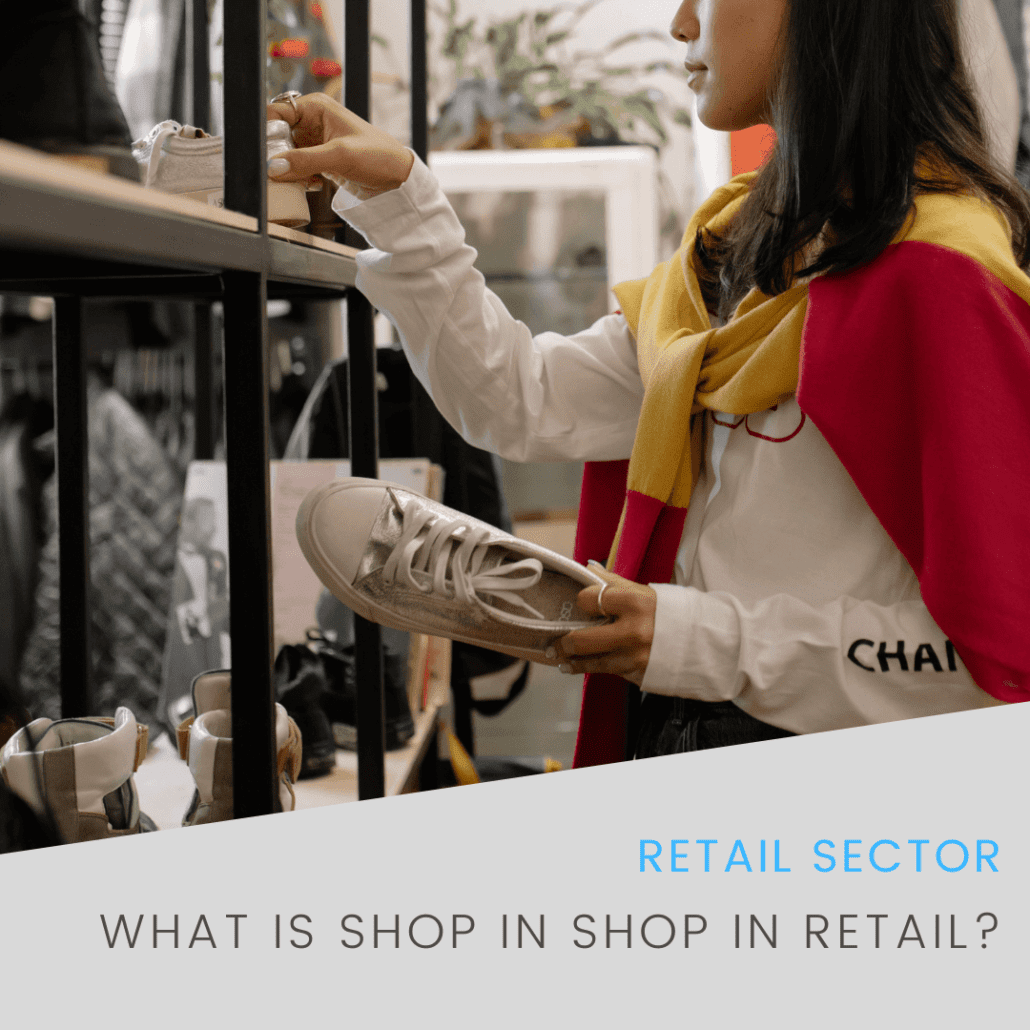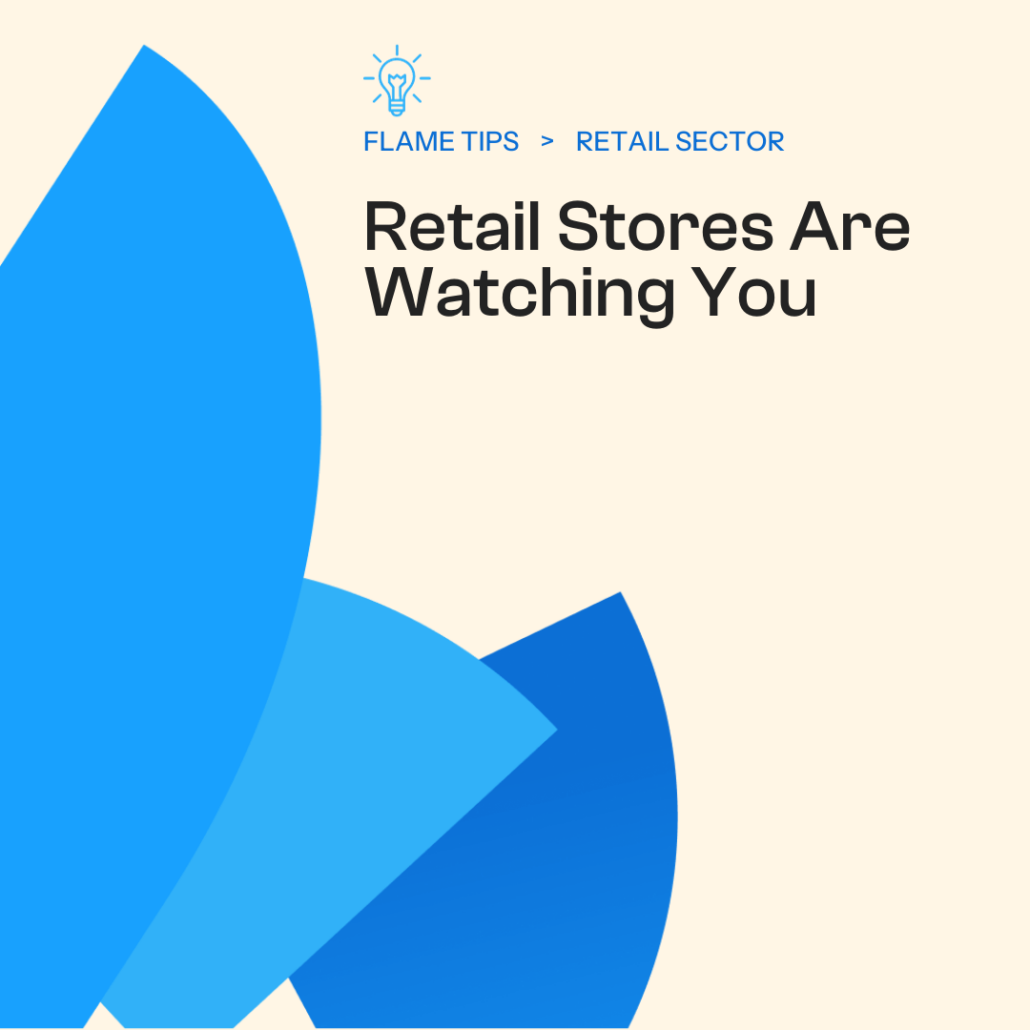“The effectiveness of communication is not defined by communication but by the response”– Milton Erickson. COVID-19 may have dampened the spirit of shopping for some time, but with an increasing number of people getting vaccinated, customers are slowly returning to retail stores. In the digital landscape, why do customers prefer shopping from retail stores instead of ecommerce stores?
The answer is simple: online stores lack the personal and human touch to their shopping experience. According to a PwC survey, 75% of customers worldwide require more human interaction when purchasing.
When you have a direct medium to talk with your customers, why do you want to pour your marketing budget on email and social media marketing to generate customers.
In retail, communication is a lethal tool for retailers as it uplifts sales and fosters a loyal customer relationship. 6 Ways to Improve Communication with Your Customers in Your Retail Store. Here are six ways you can improve communication with your customers in your retail stores.
6 ways to improve your communication with your customers
1. Acknowledge the customers
For a retail store looking to increase footfalls, creating a positive first impression is imperative for customers to return. Effective communication in a retail store starts with acknowledging customers as they enter. A small greeting showcases that you value their presence, and it conveys a friendly attitude.
With lack of acknowledgment from a retail staff as one of the top three complaints, a simple ‘Hello! Welcome to the store’ wouldn’t hurt. If you further want to elevate the customer experience and improve communication with your customers, instead of a simple ‘Hello’, follow these communication methods:
Small conversation
It’s a great icebreaker to start the communication with your customers. During such interactions, avoid asking questions that a customer is likely to answer in a yes or no. For initiating conversation and understanding your customer, better ask the following questions:
- How did you hear about us?
- Who are we shopping for today?
- What size of shirt/t-shirt/jeans do you want?
- How was your day today?
Orientation conversation
These conversations are about familiarizing shoppers with your retail stores. Such conversations direct customers to their products and ensure they feel comfortable while shopping. When customers tell you what they’re looking for, then orientation becomes even more straightforward and easy. Apart from guiding your customer, offer helpful information which they may not have thought of.
For example, when a customer is looking to buy a pair of blue jeans from an ABC brand, provide them information about another brand offering the same pair of jeans at a discounted price. Or, when someone is buying shoes in your sports apparel shop, guide them to an area where running socks are on offer. This not only builds strong communication with your customers but enriches the customer experience.
Some orientation talk questions to ask your customers include:
- Do you need a basket to carry your apparel or grocery?
- Do you need a seat while your partner is trying clothes in our fitting room?
- Can I help you find what you are looking for?
Familiarity conversation
With the paradigm shift and adaptation of technology, retail stores use the POS system to fasten the check-out process. According to a study, 77% of US customers wait only for eight minutes and never return to stores with long check-out queues. With lines between the physical and digital shopping dissolving, retail stores that offer an easy and frictionless way to pay become customers’ first choice. That’s where POS systems come in.
Interestingly, these POS stores previous customer data from which you can track purchase history. When a customer returns to your store, use the POS to enhance communication further and tailor their experience.
For familiarity talk with returning customers, ask questions like:
- It’s great that you visited us again
- What brings you back to our store?
- Welcome back! How was your weekend?
- Do you want to buy one more _____ (insert the previous purchase item)?
Such interactions not only enhance communication with your customers but build long-term customer relationships.
2. Use QR codes to improve communication
If there were a penny given every time you hear that QR codes are past mistakes, you would have been rich by now. Today, QR codes are an excellent way to revive a lost relic due to months of lockdown.
Apart from ensuring social distancing, QR codes make shopping a breeze, and it’s an excellent tool for silent communication with your customers. It’s practically impossible for a salesperson to attend to every customer visiting the retail store. But customers require attention as they want to know more about a product before purchasing. That’s where QR codes come to your rescue.
Have a QR code installed near every product you offer and ask your customers to install your retail store app to access the QR code information. For example, place a QR code near the laptop section. Every time a user scans the QR code, they should see infographics giving details about a particular brand’s laptop. It allows your customer to study the laptop’s specifications in detail without calling the salesman each time.
With the number of US smartphone users likely to reach 301 million by 2022, QR codes could be a game-changer for your retail store.
Diesel has started using QR codes on their apparel for identifying counterfeit products and genuine products. This silent communication takes the experience level of your customers to the next level.
3. Use floor graphics
Retail communication is not only about talking and listening. It entails visual communication as well, and that’s where floor graphics excel.
Floor graphics are one the best ways to attract customer attention as these are not just eye-pleasing elements. They are an underrated method of visual communication with the customers. These graphics give a new dimension to an otherwise bland surface, and you can paste it in on the ground or even the stairs. It helps in communicating a strategic message right where a customer is already looking.
For improving visual communication with your customers, floor graphics are ideal for:
- Point of sale (for communicating promotions, offers, and new launches)
- Decoration (for communication your retail store brand personality)
- Marketing strategies (for creating themes for events, festivals, and holidays)
With floor graphics, you can use every square inch of your retail store to engage your customers and increase revenue. Furthermore, these floor signage graphics increases communication by:
- Directing customers to additional products
- Preventing bottlenecks and crowding in the store
- Labeling entrance and exit points
- Reinforces brand identity
- Education customers on product features
Apart from increasing communication, floor graphics are a powerful way of enriching customer experience. Creative and unique, they make your retail store stand out among competitors.
4. Use tablet kiosk
Why not bring the joy of purchasing from the digital world to your retail store?
Such a strategy comes in handy when customers are unable to locate products in your aisle.
Tablet kiosk is a great way to make the entire catalog available and is useful when the store witnesses an increase in footfall. You can also create a tablet kiosk listing all your inventories with real-time updates so that your customer does not have to search for a Smartphone that’s already out-of-stock. This invisible method of communication saves time for both salesman and customers.
Furthermore, customers can even use the tablet kiosk to know the product features and access how-to videos and photos. It closes the communication gap, delivers information, and saves time by allowing faster check-out.
5. Share audio messages with shoppers
Though it’s a one-way communication method, it’s a powerful method to communicate the events and promotions to shoppers inside the retail store. Create quick 10-seconds audio bites to share with your customers. Use voice modulation techniques to encourage people to try a new product. It keeps customers aware of the current offer and ensures a customer never misses an offer due to lack of communication.
6. Organize events in your store
Events are an excellent way to improve communication with your customers as it gives the customer a reason to visit your store. From inviting customers to a product launch party to giving passes for VIP events- such events in your store help increase customer engagement. It gives you a platform to communicate everything about your brand. For example, a retail book store could organize events on Children’s Day to attract more customers to their bookstore.
Improve communication with you customers
Communication is the bread, butter, and everything you can think of for your retail store. Stores that master communication with your customers are the ones that survive the first few years of start-up life.
In the retail environment, communication is not limited to explaining a product’s features or finding the right apparel size. It’s much more than that. When creating a communication strategy, follow a proactive approach, listen to your customers, never interrupt and avoid scripted conversations.
Your store is an attractive venue to reach and communicate with your customers directly. Therefore, in-store communication requires meticulous planning based on who the target shopper is, their purchase behavior, and how you can influence them.
Which strategies are you using to communicate with your customers in your retail store?
Learn about our marketing solution to create personalized campaigns and enhance the message and information according to your customers needs and behaviours.







